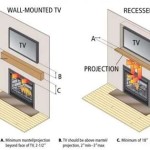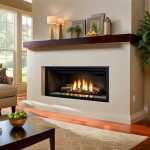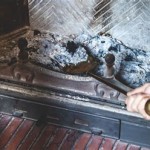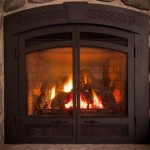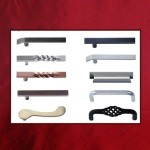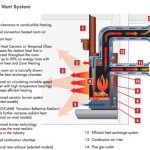Wood Burner For Fireplace: Essential Aspects
Wood burners have become increasingly popular in recent years as an efficient and sustainable way to heat your home. They are a great way to reduce your reliance on fossil fuels and take advantage of a renewable energy source like wood.
If you are considering installing a wood-burning fireplace in your home, there are a few essential aspects you need to consider to ensure a safe and efficient installation.
Safety Considerations
Wood burners can be a great source of heat, but they can also be dangerous if not installed and used correctly. Here are a few safety considerations to keep in mind:
- Ensure your wood burner is installed by a qualified professional. A proper installation will help to minimize the risk of fire and ensure your wood burner is operating safely.
- Never leave a fire unattended. Always make sure to put out the fire before you leave the house or go to bed.
- Keep flammable materials away from your wood burner. This includes furniture, curtains, and other objects that could easily catch fire.
- Inspect your wood burner regularly for any signs of damage or wear. If you find any damage, have it repaired by a qualified professional immediately.
Efficiency Considerations
The efficiency of your wood burner is important to ensure that you are getting the most out of your investment. Here are a few factors to consider when choosing a wood burner:
- Burn time: The longer your wood burner can burn on a single load of wood, the more efficient it is. Look for wood burners with long burn times to reduce the amount of wood you need to use.
- Heat output: The heat output of your wood burner will determine how well it can heat your home. Choose a wood burner with a heat output that is appropriate for the size of your home.
- Fuel type: Wood burners can burn a variety of fuel types, including seasoned hardwood, softwood, and wood pellets. Choose a wood burner that is compatible with the type of fuel you plan on using.
Maintenance Considerations
Wood burners require regular maintenance to ensure they are operating safely and efficiently. Here are a few maintenance tasks you should perform on a regular basis:
- Clean the ash pan: The ash pan should be cleaned regularly to prevent ash from building up and blocking the airflow. Wood burners should be cleaned at least once a week during the burning season.
- Inspect the chimney: The chimney should be inspected annually by a qualified professional to ensure there is no buildup of creosote or other debris.
- Clean the glass: The glass on the wood burner should be cleaned regularly to prevent soot buildup.
Conclusion
Wood burners can be a great way to heat your home and reduce your reliance on fossil fuels. However, it is important to be aware of the safety, efficiency, and maintenance considerations before you install a wood-burning fireplace in your home.
By following the tips above, you can ensure that your wood burner is installed and used safely and efficiently.

Can You Install A Wood Stove In Fireplace Direct Stoves

Wood Burning Stoves In Milton Keynes Inspirations

Wood Burning Stoves Sussex Fireplace Gallery

Wood Burning Stoves For

Switching Your Open Fire To A Wood Burner Direct Stoves

How To Heat Your House With Just A Wood Burning Stove Chesneys

Top Five Benefits Of A Free Standing Wood Burner Stovax Gazco

Ecosy 9kw Panoramic Slimline Ecodesign Wood Burning Stove

Common Misconceptions About Wood Burning Stoves Sweepsmart

Amazing Log Burner Fireplace Surround Ideas Direct Stoves
Related Posts


